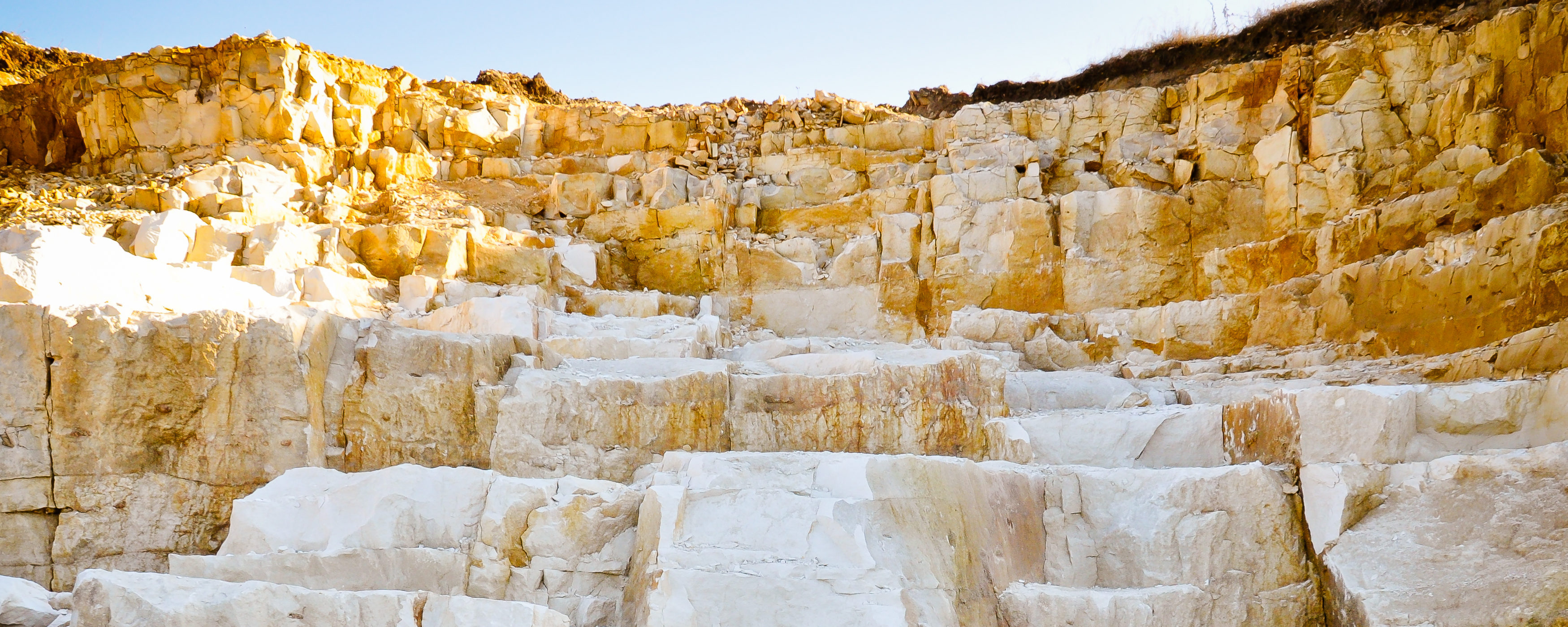
Fractured reservoir characterization is vital in oil and gas production and management of fractured reservoirs. Every naturally fractured reservoir is unique, though they share the following general characteristics and challenges:
- Range from matrix dominated to purely fracture dominated system
- Typically have high initial productivity followed by rapid decline, early water breakthrough or early gas/water corning, and large variability in well productivities and recoveries
- Significantly impacted by fractures occurring in a variety of scales and with high degree of heterogeneity
- Can induce seismic anisotropy and lead to highly directional flow
- Can cause large mud loss in drilling
Our fractured reservoir characterization and modeling solution includes the following steps generated by utilizing all available geologic, well, seismic and production data.
- Well electrofacies analysis which integrates reservoir dynamic data that determine the fracture units at wells
- Creating a 3D discrete fracture network (DFN) model
The key benefits and applications of fractured reservoir characterization include:
- Identification of 3D fracture network
- Optimization of new well locations
- Quantitative understanding of the role of fractures in the fluid flow
- Defining the most productive and least productive reservoirs
- Delineating fracture distributions at the reservoir scale
- Mud loss prediction in drilling
- Optimization of reservoir management including pressure maintenance, hydraulic fracturing and stimulation
- Optimization of water injection
- Control of water-coning
- And more…
Please contact us with information about your challenges to see how we can help you.
